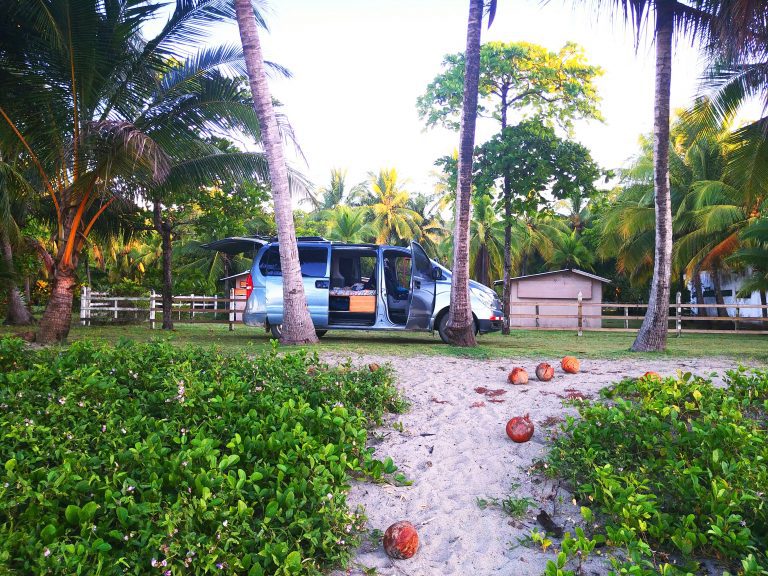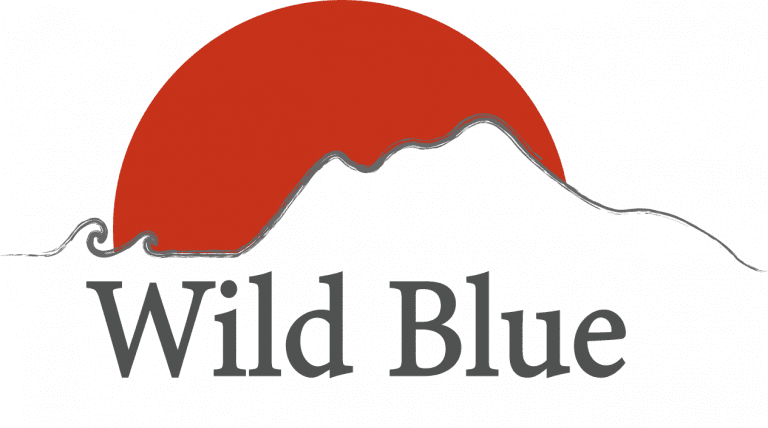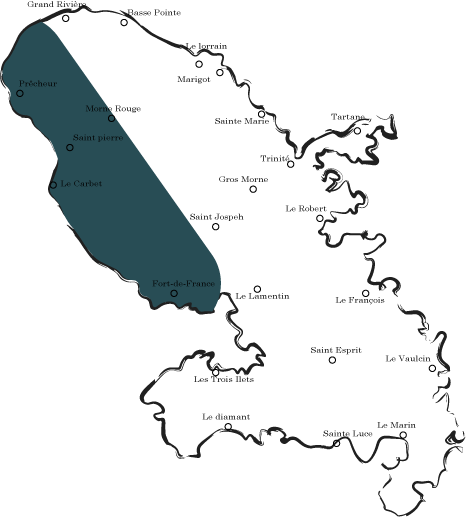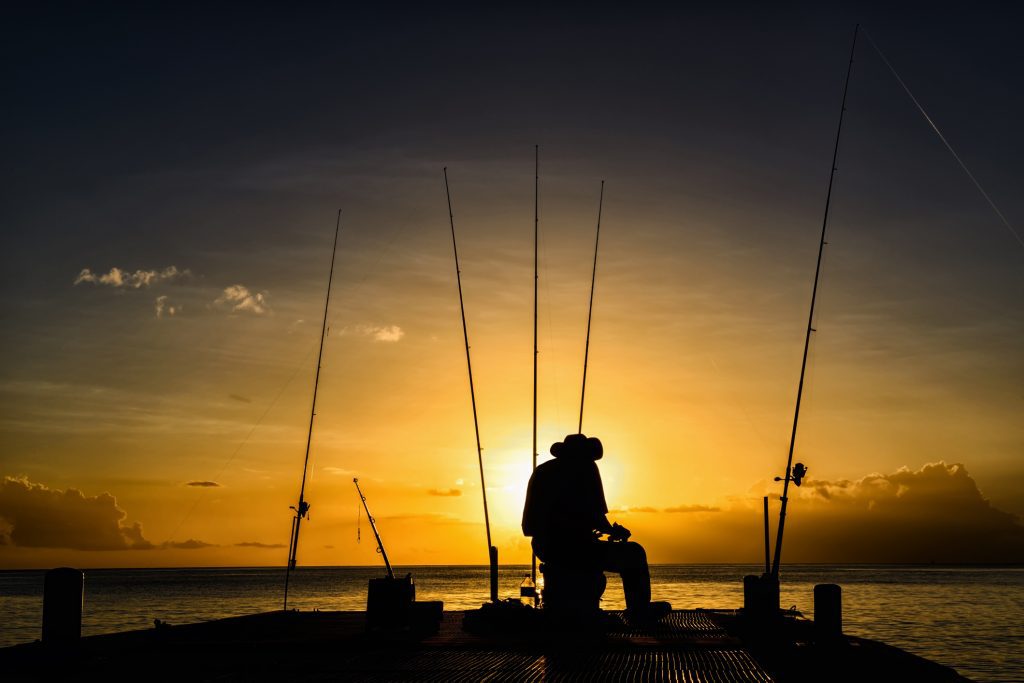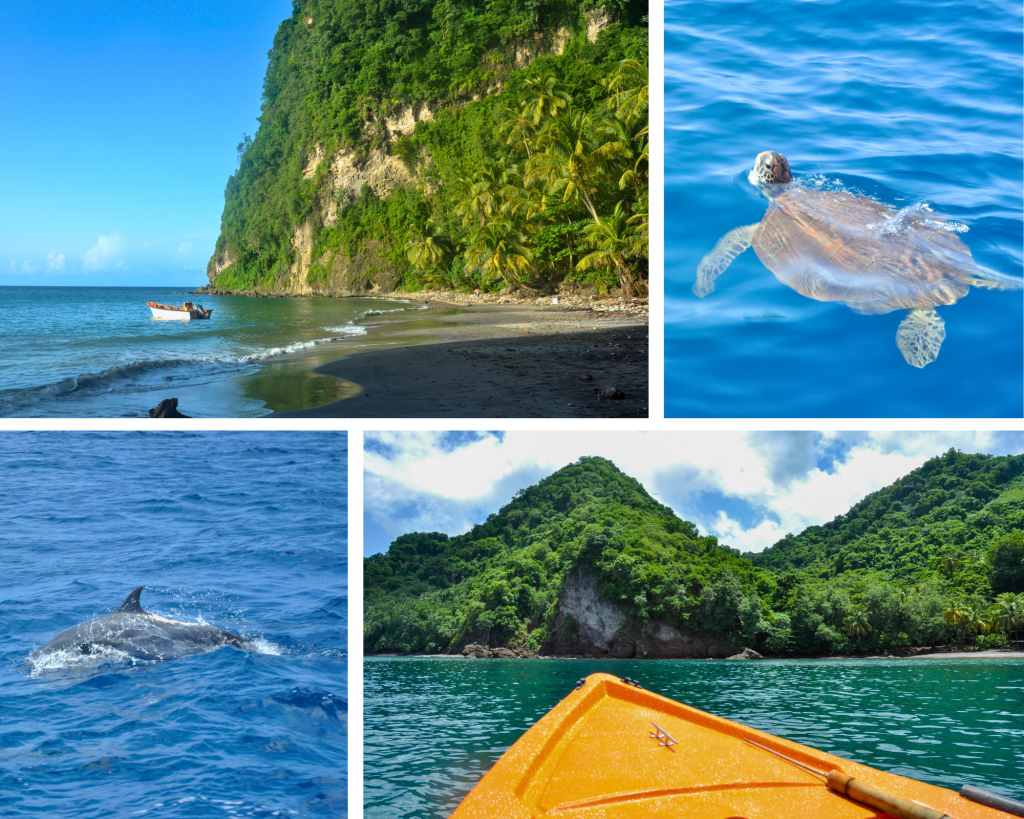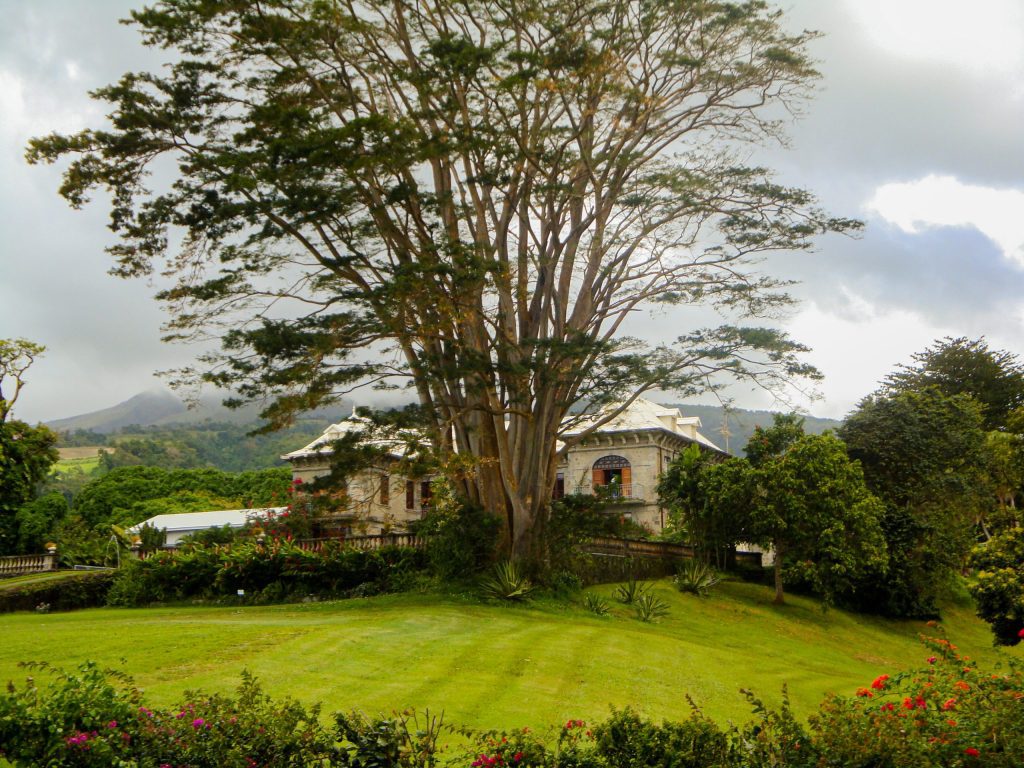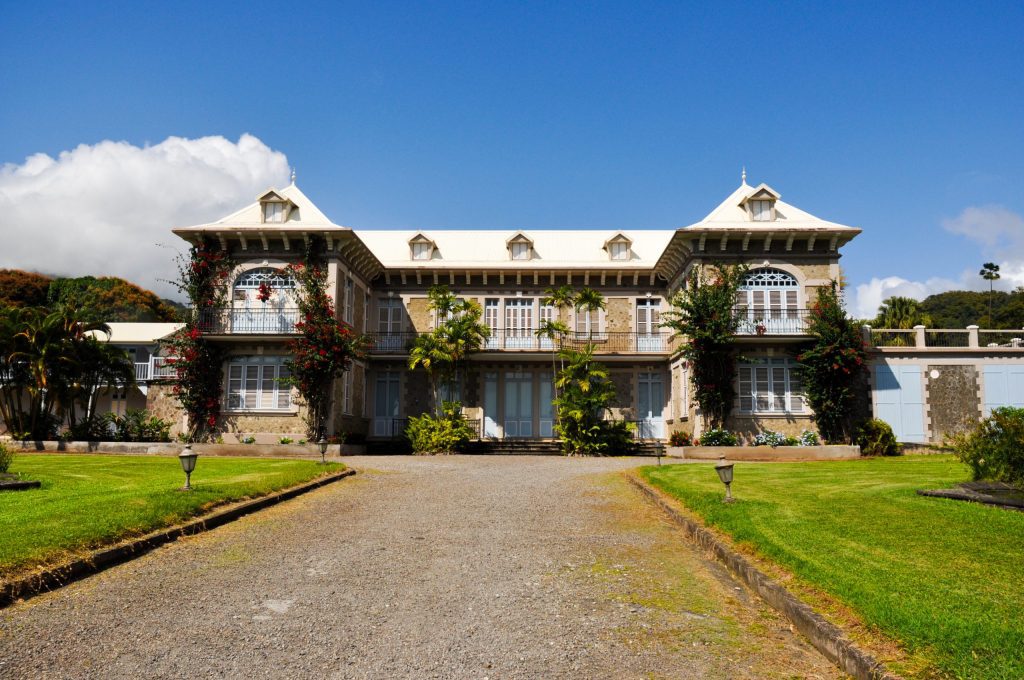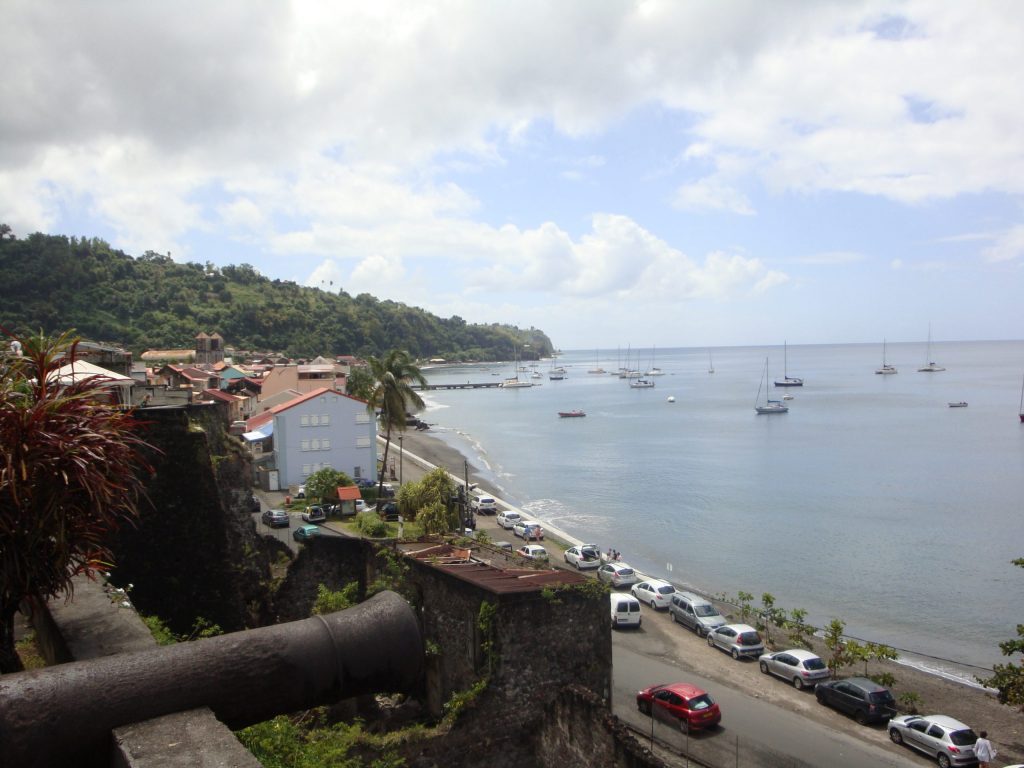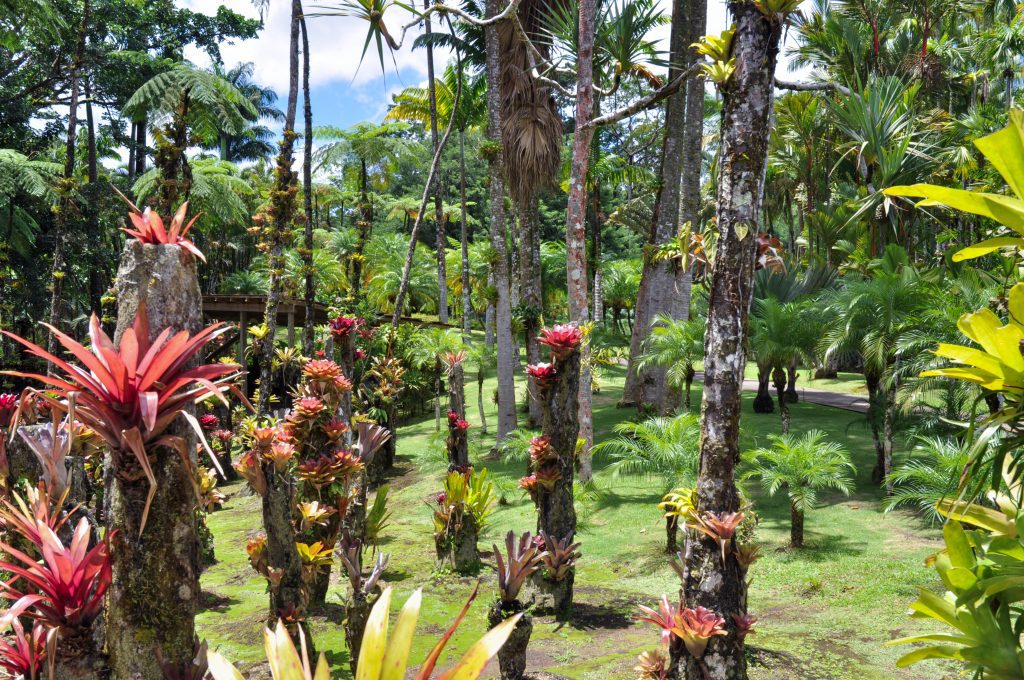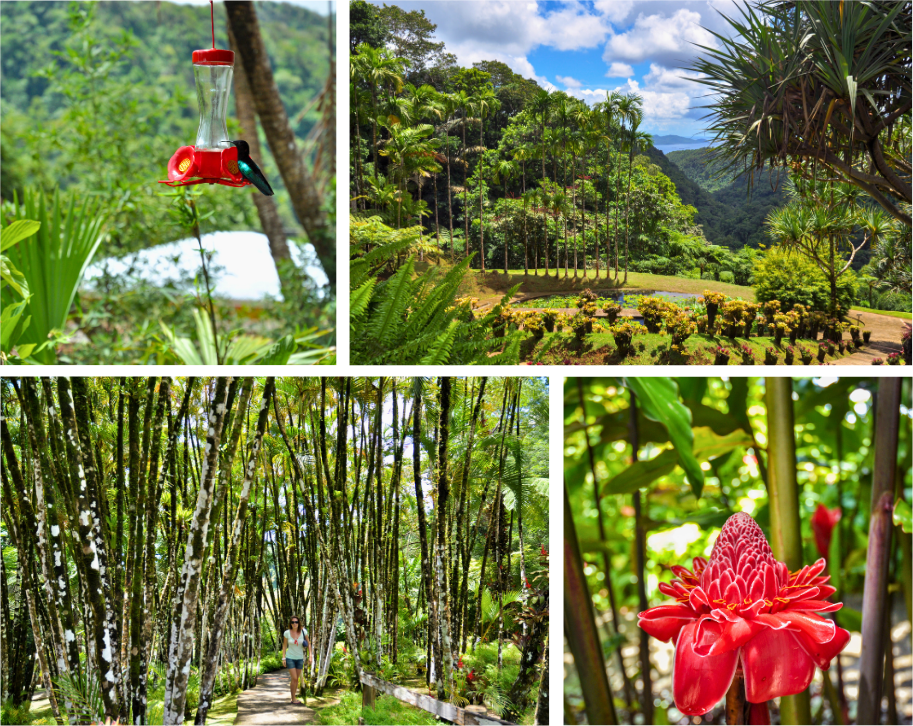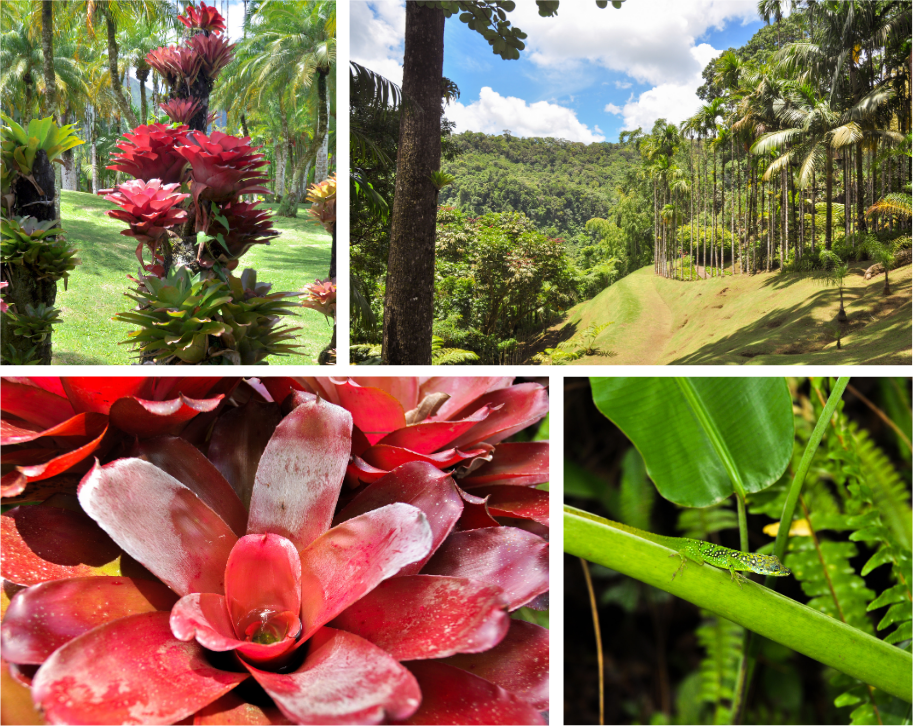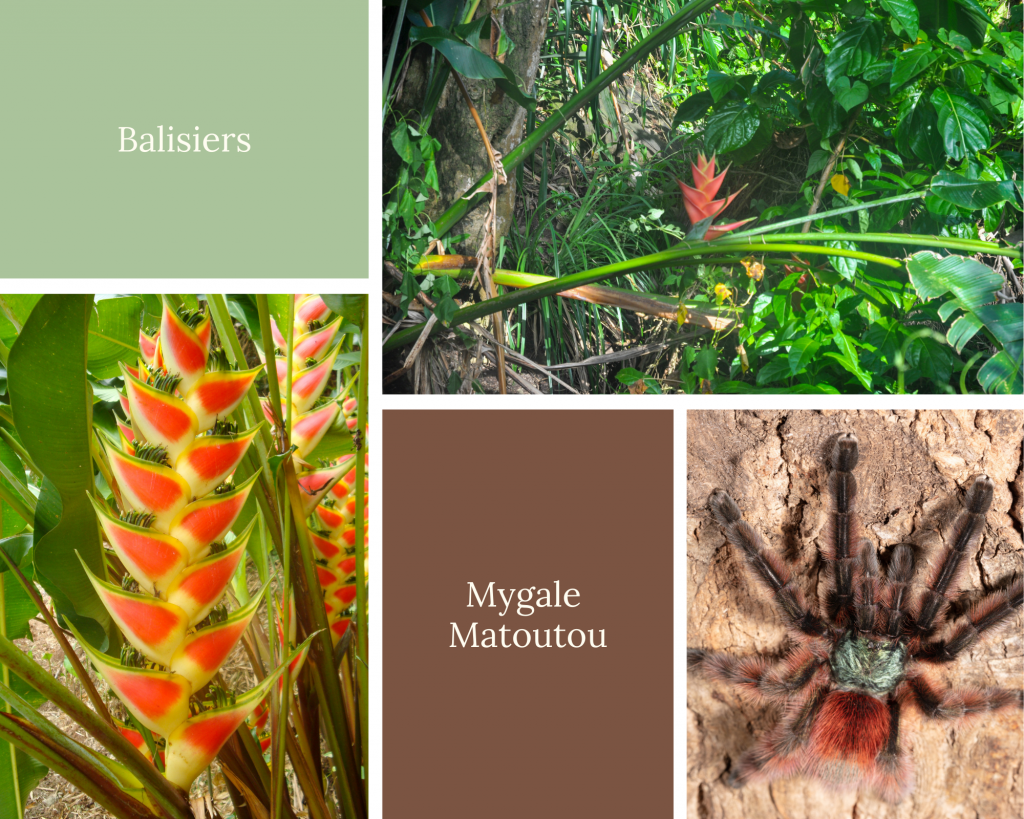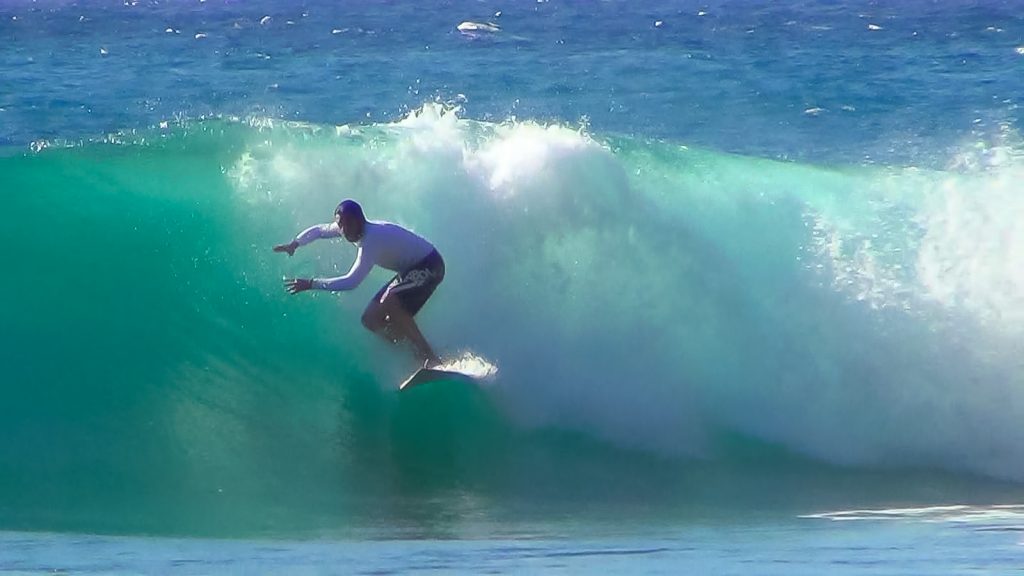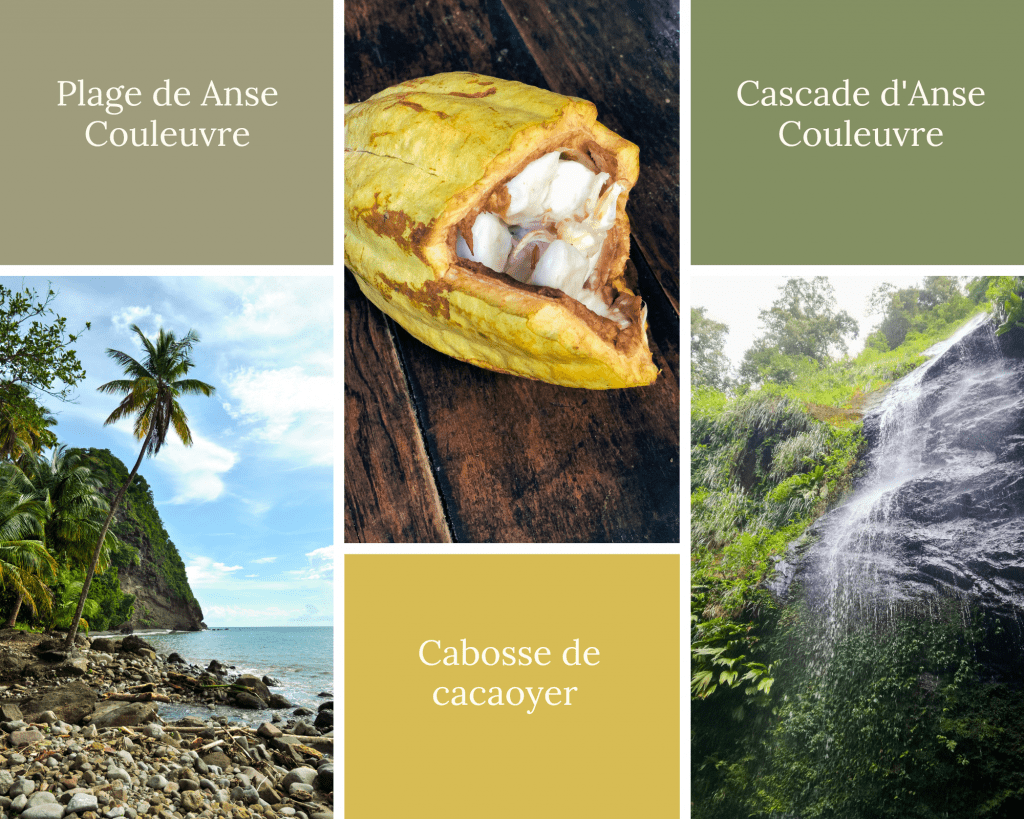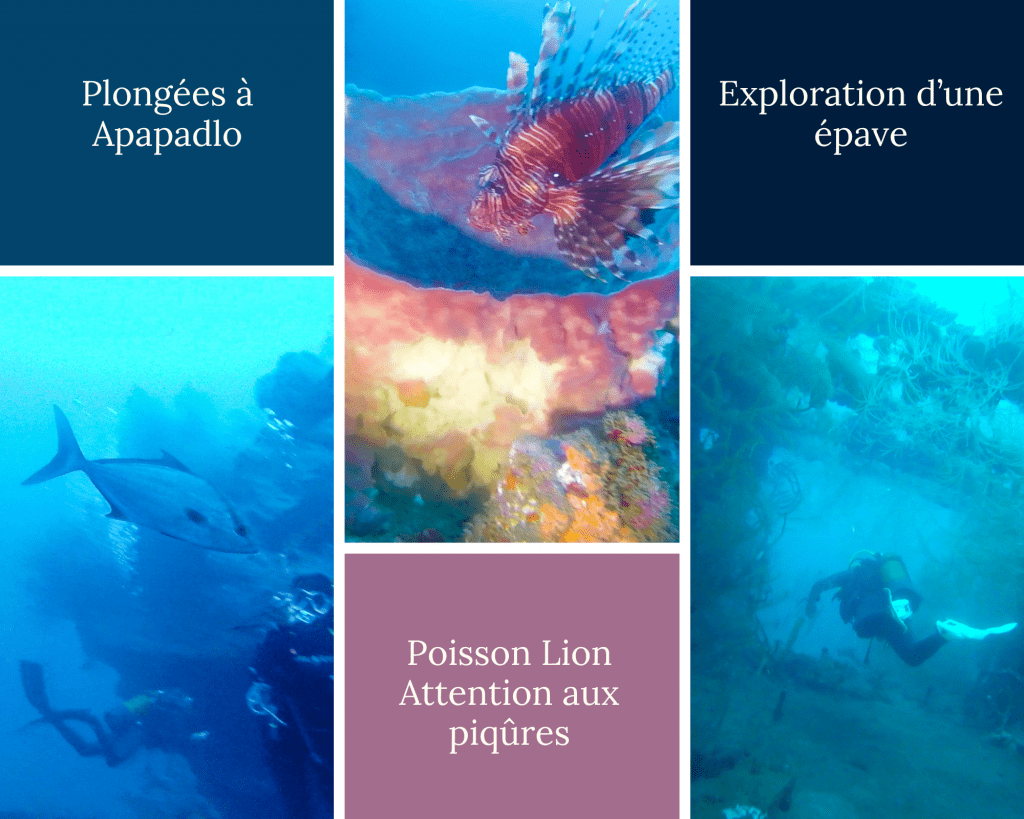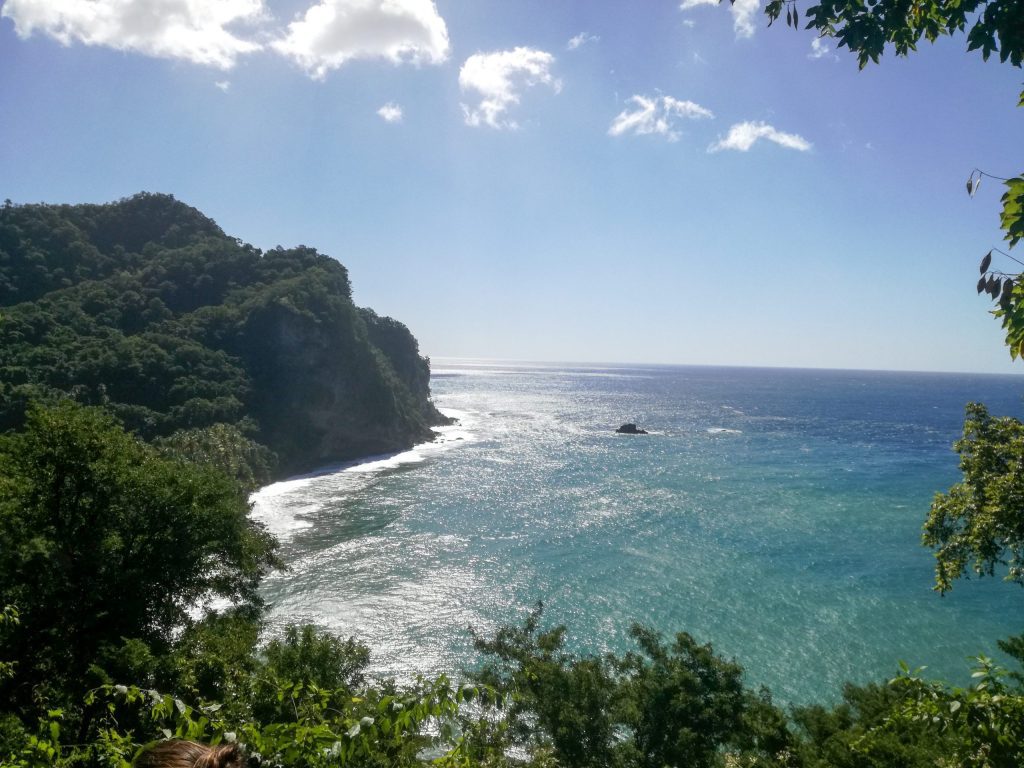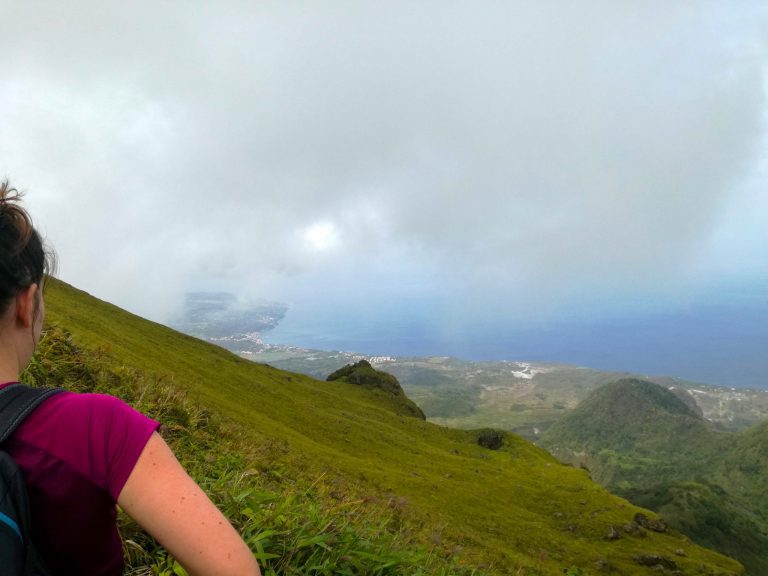Visiting Martinique: unforgettable experiences in the north of the island
Martinique is full of spots that are truly worth a visit, but it’s on the Caravelle Peninsula that the island’s surf spirit truly resides. The tropical climate offers dream conditions with water temperatures well above 27 degrees Celsius, enough to make you forget the icy waters of Brittany. To help you plan your next surf trip in Martinique, here are some practical insights we’ve gathered through our adventures. We’ll let you know when to go, where to lay your boards, and whether to rent equipment or bring your own. Of course, we’ll also guide you to the best surf spots on this beautiful island. So, buckle up, we’re taking you on a surf exploration in Martinique, the “local” way!
Unforgettable experiences
Meeting Dolphins with Jean-Guy
Heading towards the northernmost commune: Le Prêcheur! This typical fishing village in the North Caribbean offers beautiful volcanic sand beaches, lush forests, and the opportunity to purchase tuna, swordfish, dorado, or lobsters directly from the fishermen.
Join Jean-Guy aboard his fishing yole for a unique adventure meeting dolphins and turtles, sailing from Le Prêcheur to Grand Rivière. During this excursion, let yourself be carried away by the wonderful legend that Jean-Guy passionately narrates: the poignant story of Bozambo and Elmire. This love saga, unfortunately destined to the impossible, has deeply etched itself into the landscapes, both on land and in the sea, of our island.
At the heart of this captivating tale, Bozambo embarks on a heroic quest to prove his love to Elmire. He presents her with a magnificent diamond, giving rise to the Diamond Rock in the south of the island, and an exquisite pearl, creating the Pearl Rock in the north of the island. These precious symbols of eternal love continue to mark our environment, bearing witness to the unforgettable passion that united Bozambo and Elmire.
To explore the North Caribbean with Jean-Guy, you can reach him at 06 96 07 48 98.
Visit to Depaz Distillery at the foot of Mount Pelée
On the heights of Saint-Pierre, you’ll find the Depaz Rum Distillery with a breathtaking view of the bay. If you visit the estate during the sugarcane harvest period (February to June), you’ll have the chance to witness the distillery in action, which is quite rare in other estates. You can observe all the steps of rum production, from cane collection, pressing, fermentation, distillation, to aging.
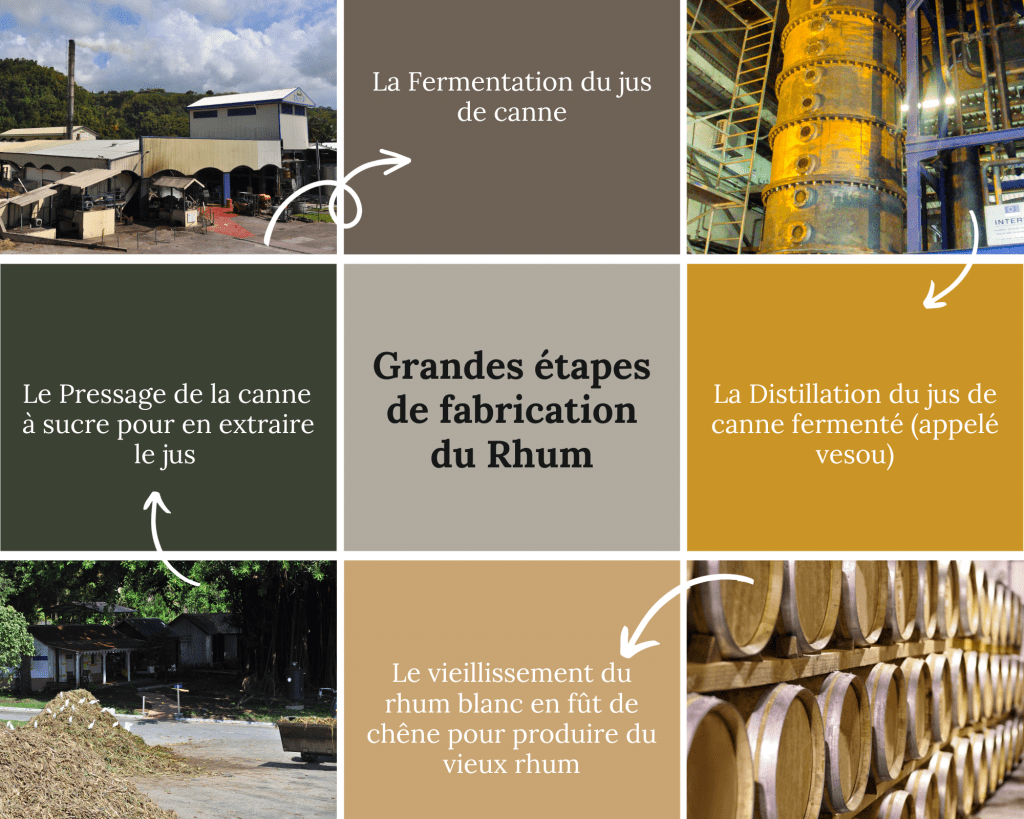
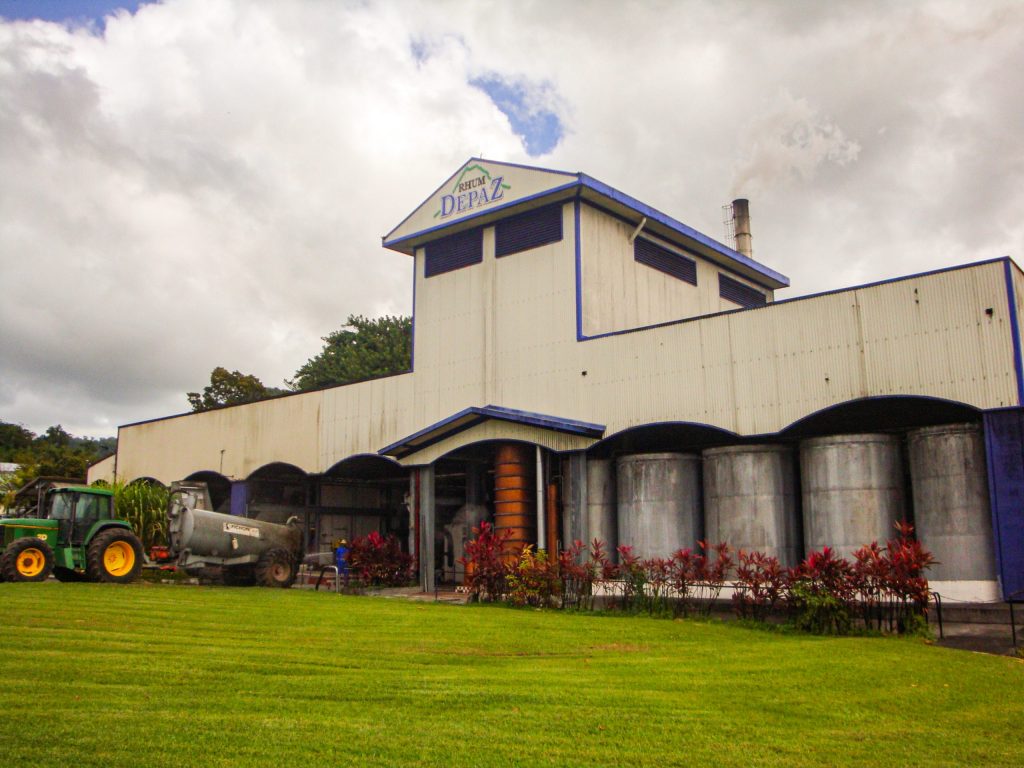
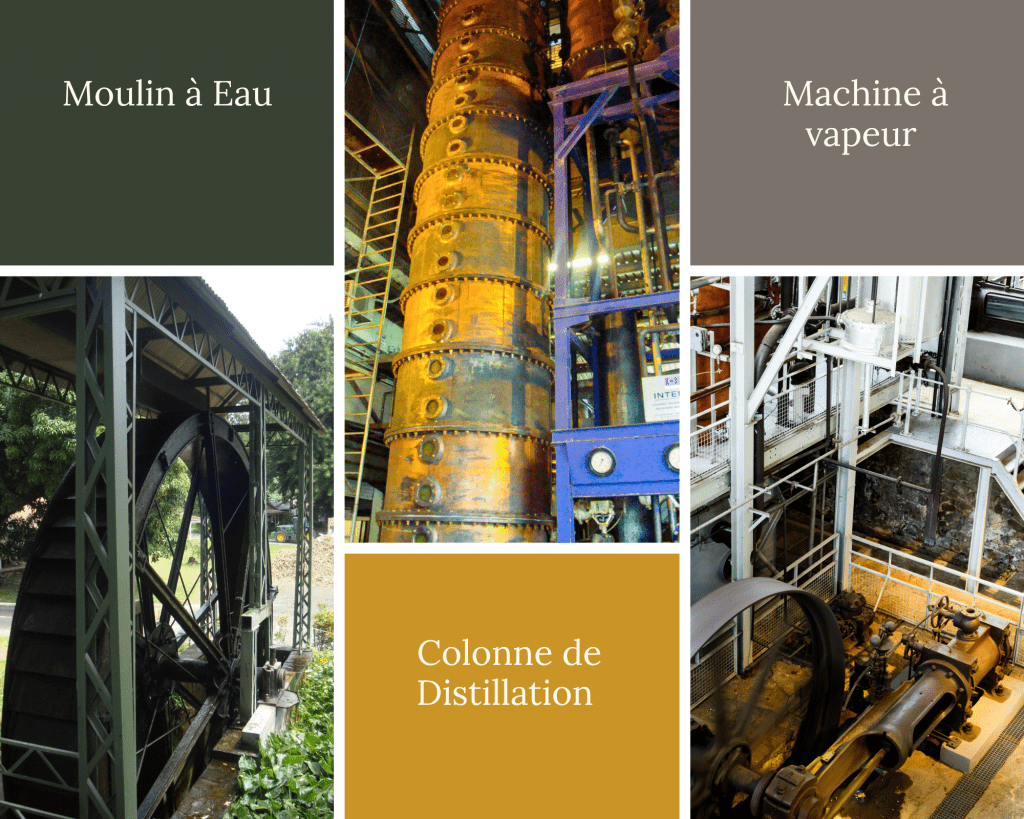
Near the distillery, you can enjoy the gardens and outdoor spaces of the colonial estate, built in 1922. This magnificent residence was inhabited by the descendants of Victor Depaz until recently, giving it an authentic atmosphere steeped in history.
Today, you have the opportunity to visit the interior of this historic estate for a small entrance fee. Additionally, the distillery provides free access to its factory, museum, and park, allowing you to delve even deeper into the fascinating world of rum.
Sightseeing in Saint-Pierre
The main city in the North Caribbean is Saint-Pierre, which was nearly annihilated by the eruption of Mount Pelée in 1902. This historically rich city is worth a visit, whether to explore the ruins of the town or to dive among its wrecks.
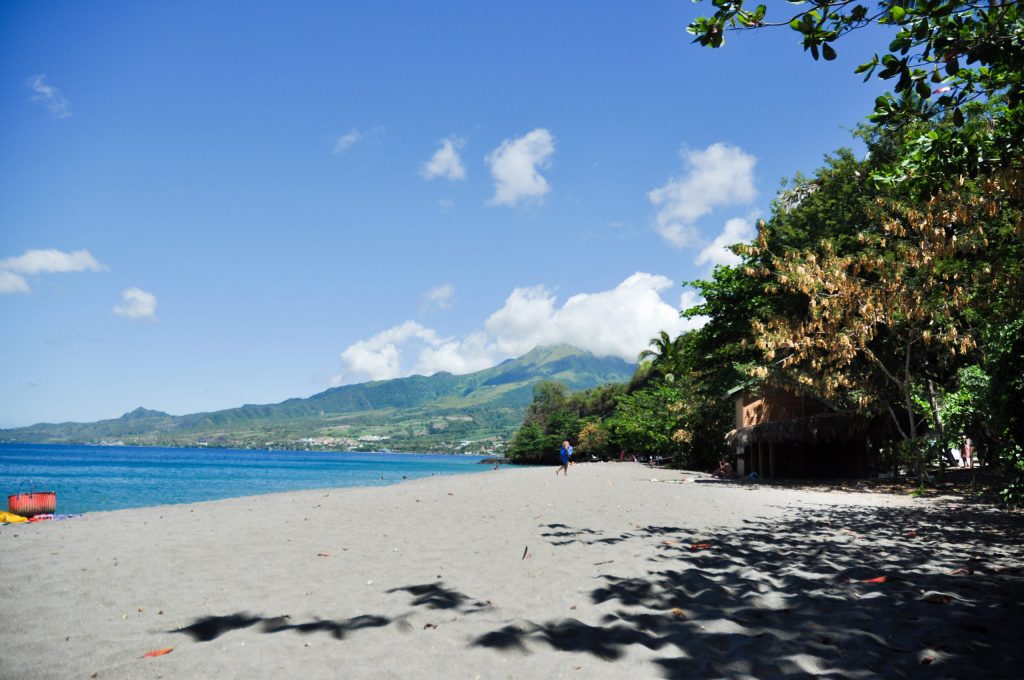
If history interests you, we invite you to explore the Franck Perret Museum, which provides a deep understanding of what Saint-Pierre was like in the early 20th century, as well as the catastrophe of May 1902. While it may seem a bit kitschy, the Cyparis Express, a small train in Saint-Pierre, offers a tour of the city’s main ruins. But what truly sets it apart is the captivating narration by the Cyparis Express guide.
Sightseeing in Fort-de-France
Fort-de-France, the capital of Martinique, reflects the island’s history. Its buildings, from Fort St-Louis to the Schoelcher Library and the cathedral, bear witness to its colonial past and its rise in the 19th century. The city also evolves with its waterfront, the ‘malecon,’ a symbol of its growing modernity. Explore this blend of history and modernity in Fort-de-France.
The covered market of Fort-de-France is a must-visit in the city, where you can discover local products such as fruits, vegetables, and flowers, and bring home souvenirs like spices, vanilla, and flavored rum. A true paradise for the senses and an immersion into Martinican culture.
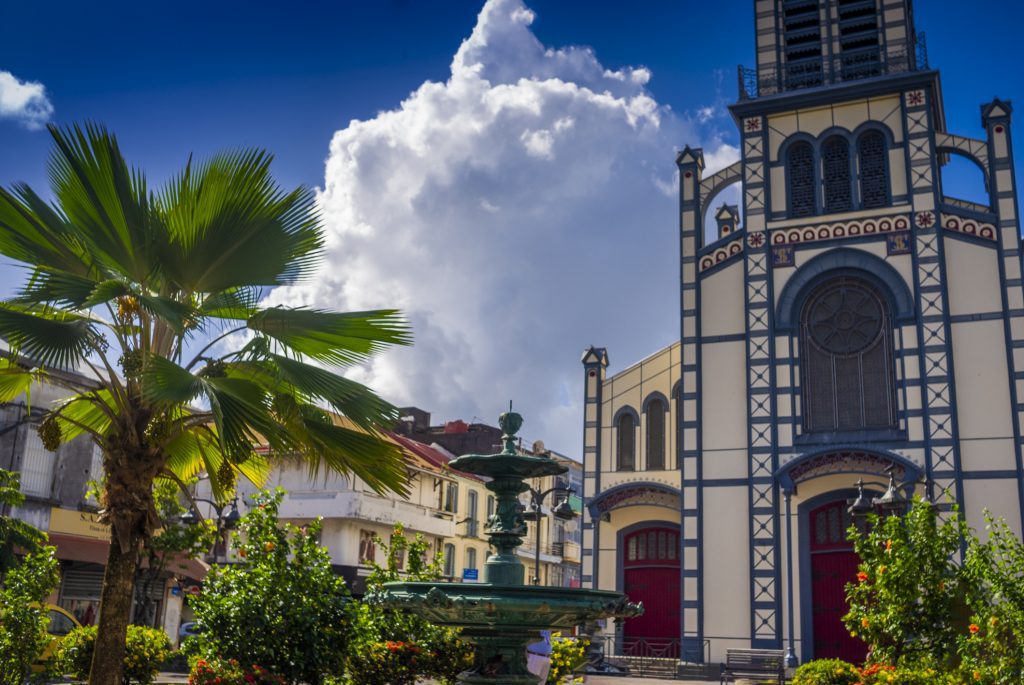
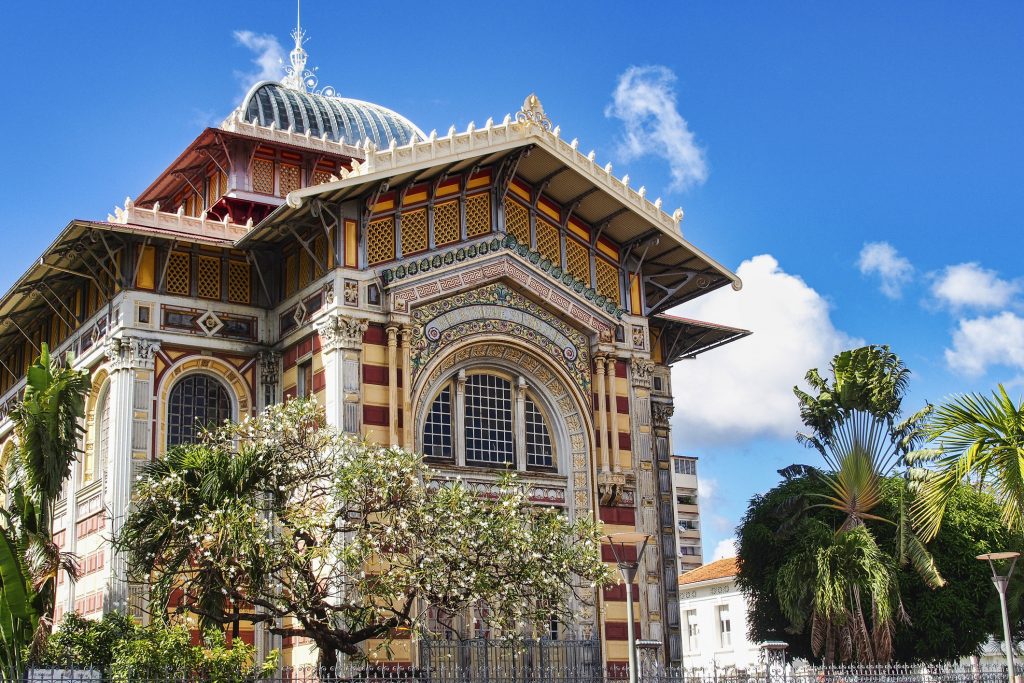
The Balata Gardens: A Botanical Journey in Martinique
Located on the hills overlooking the city of Fort-de-France, the Balata Gardens are a must-visit during your trip to Martinique. Created by the artist-botanist Jean-Philippe Thoze in 1982, these gardens allow you to explore the diversity of local plants.
The tour takes you through shaded paths that unveil the botanical treasures of the Caribbean. Alongside the lush vegetation, tropical birds, and enchanting butterflies add to the experience. At the top of the gardens, you can ascend to the treetops for an impressive panoramic view
Activities & Hiking
Surfing in the tropical rainforest
The northern Caribbean region is home to high-quality surf spots, often less crowded than those in Tartane. Anse Couleuvre stands out as the most legendary spot in this part of the island. To reach it, follow the road to its northernmost end. There, civilization gives way to the rainforest. The road comes to an end, but the adventure continues on foot. You have to take a trail through the forest.
This ten-minute walk is an experience in itself, immersing you deeply into the lush nature of Martinique. Among the Balisiers and Heliconias, you might even have the chance to spot a Matoutou, an endemic spider of the island.
At the end of this walk, a reward awaits you: Anse Couleuvre beach. The waves break on the reef point break, creating hollow waves. However, note that this spot works less regularly than those on the Atlantic coast. You’ll need to wait for North swells to experience an unforgettable surfing adventure here.
After finishing your surfing session and heading back to the parking area, you’ll notice a trail that penetrates deeper into the forest, amid the cocoa trees. These cocoa trees are the remaining witnesses of a former plantation. This trail will guide you to the beautiful Couleuvre Waterfall.
Dive into the North Caribbean
Welcome to the world of scuba diving in the North Caribbean! It all begins at the Apapadlo center, right in the heart of this picturesque town. I had the opportunity to do three dives there. The underwater fauna and flora are different from other regions of the island. You’ll find wrecks, remnants of the 1902 eruption, and beautiful drop-offs, including the Perle, which I unfortunately couldn’t explore on this trip.
What sets Apapadlo apart is its friendly atmosphere and small size. Whether you’re an experienced diver looking for new underwater adventures or a curious novice eager to explore this fascinating world, Apapadlo welcomes you with open arms. During my first visit, I was fortunate to be the only diver, allowing me to explore the Roraima site in a very small group.
Explore the Roraima Shipwreck
The Roraima is an extraordinary wreck that reveals fascinating remnants of the 1902 volcanic eruption. It’s a dive like no other, taking you into the depths where you’ll discover the well-preserved wreck of this 120-meter-long ship. You’ll hover over its majestic bow at 40 meters deep, explore its holds at 55 meters, and uncover the engine room and its machinery. This underwater adventure promises unforgettable encounters, culminating in a rendezvous with barracuda during your decompression stop.
The northern part of the island is the most mountainous region, and there are numerous hikes that allow you to explore tropical vegetation and ascend Mount Pelée, the only active volcano on the island.
Hikes
Hike Prêcheur – Grand Rivière – blue trail
time : 6 h
Difficulty: difficile
Distance: 14km
Elevation Gain : 1300m
Morne Pelée Hike Green Trail
Time: 4 hours
Difficulty: Difficult
Distance: 8.7 km
Elevation Gain: 870 m
Prêcheur – Grand Rivière via Montagne Pelée Brown trail
Time: 6 hours
Difficulty: Difficult +
Distance: 14.4 km
Elevation Gain: 1367 m
Trail Prêcheur - Grand Rivière (Blue)
The first hike I suggest allows you to connect the Caribbean coast to the Atlantic coast, crossing Martinique from the municipality of Le Prêcheur to Grand Rivière. It’s impossible to make this journey by road without going all the way around the island. The only solution is to delve into the tropical forest.
This 14-kilometer hike provides a total immersion into the wildest part of the island. The well-marked path winds through the tropical forest, crossing varied landscapes. You’ll pass by Anse Levrier, reach the access to Anse à Voile, and have the opportunity to admire a breathtaking view of Anse des Galets.
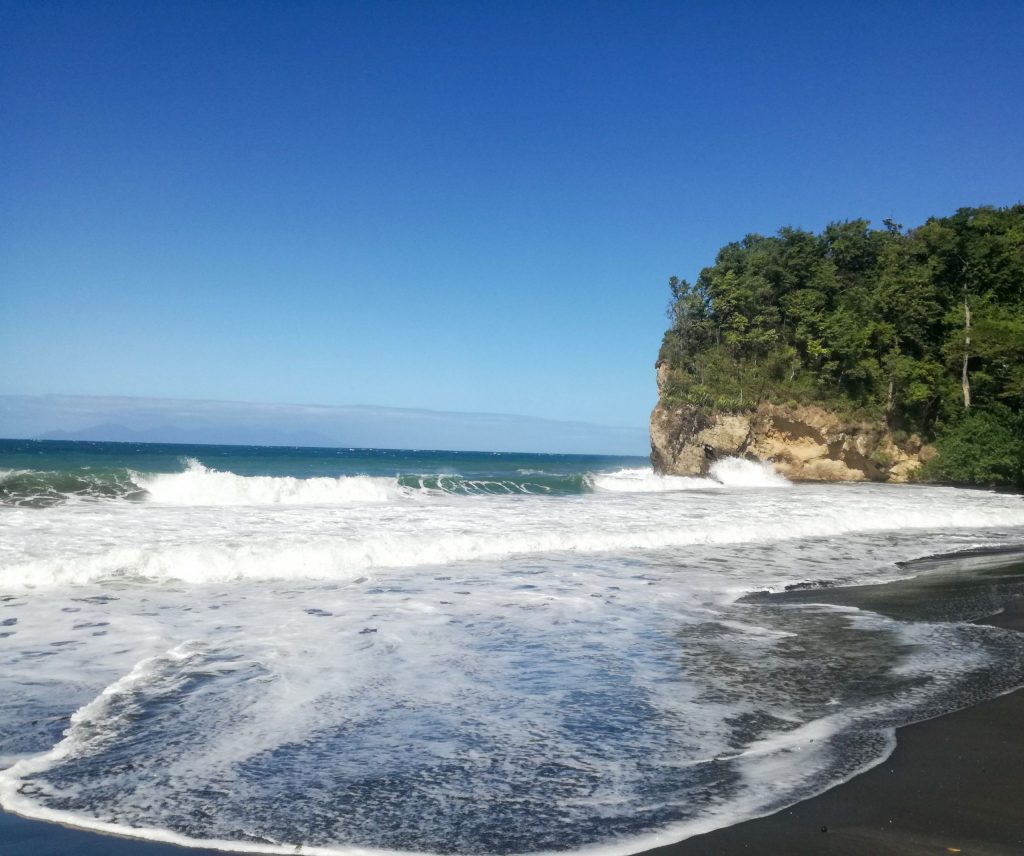
It’s important to note that this hike is not a loop, and to return to your starting point, you’ll need to book a boat ride on a fishing boat via the Grand Rivière tourist office. My advice, for a departure from Anse Couleuvre, is to take the boat on the way there and start the hike from Grand Rivière. Two major advantages to this: you’ll avoid the risk of getting stuck in Grand Rivière due to rough seas when boats are not operating, and at the end of the hike, you can enjoy the beaches of Anse Couleuvre or Anse Céron to relax and refresh.
Hiking Montagne Pelée (green)
The ascent of Montagne Pelée is undoubtedly the most impressive hike in Martinique. However, it’s essential to keep an eye on the weather, as “Pelée” is often crowned with clouds, and it’s rare to see it perfectly clear. To fully enjoy this experience, be prepared for all possibilities: bring a sweater, a windbreaker, sunscreen, and a hat.
The starting point for this iconic hike is usually from the Aileron parking lot, located in the municipality of Morne Rouge. The trail is well marked, but be prepared to climb a steep slope, taking about an hour to reach the first refuge.
Once at the second refuge, consider taking a tour of the caldera (about 1 hour). If Montagne Pelée is clear, you will be rewarded with a magnificent view of the entire Martinique, an experience well worth it.
The last stage is the third refuge, followed by the ascent to the summit of “Chinois,” the highest point of the volcano, rising to 1395 meters above sea level. However, be cautious, as in bad weather, the ground can become slippery, and the fog can make you lose your way (I’ve experienced this myself once).
Hiking Variant Montagne Pelée (Brown)
For a variant of this hike ideal for groups, consider positioning one car on the Prêcheur trail and another on the Grand Rivière trail. Each group can then start their ascent of the mountain, meet at refuge number three for a key exchange, and then descend via the opposite trail. This variant truly allows you to enjoy the different facets of vegetation between the Caribbean coast and the Atlantic coast.
This text provides a more detailed description of the ascent of Montagne Pelée, highlighting points of interest and precautions for this demanding hike.
Canyoning in Martinique: Explore the Tropical Gorges
Martinique often conjures images of paradise beaches, but this island is full of hidden treasures, and canyoning is a fascinating example. After a short hike through the forest, the adventure begins.
You embark on a series of refreshing waterfall rappels, take jumps into natural pools, and explore gorges. Canyoning in Martinique provides a unique experience to discover the island from an entirely new perspective.
We recommend Tropicanyon (https://tropicanyon.com/), which offers excursions suitable for both beginners and experienced canyoners.
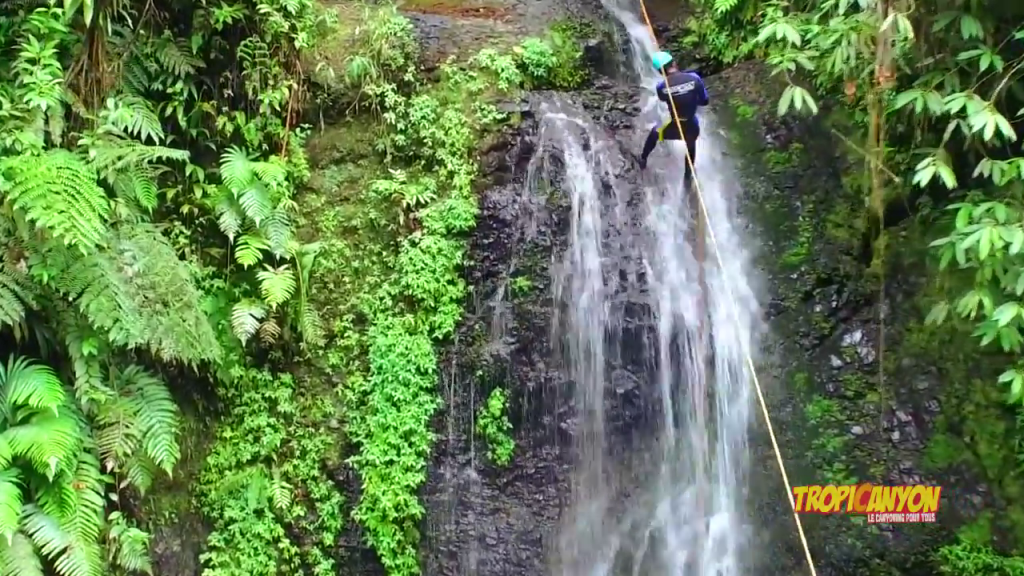
Posts that might interest you
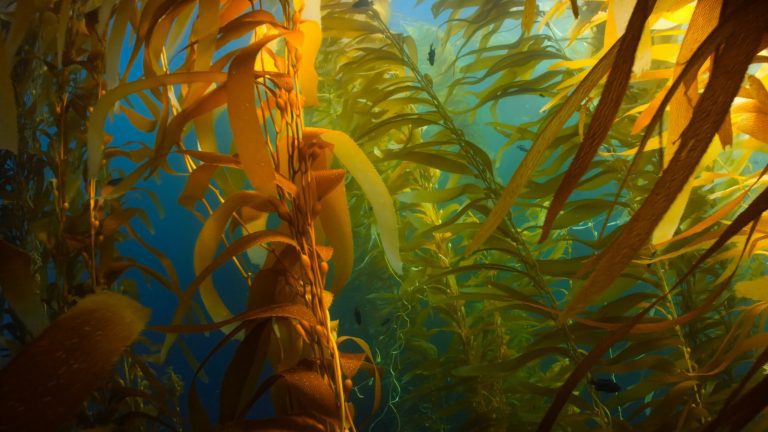
Underwater Forests in Danger in New Zealand
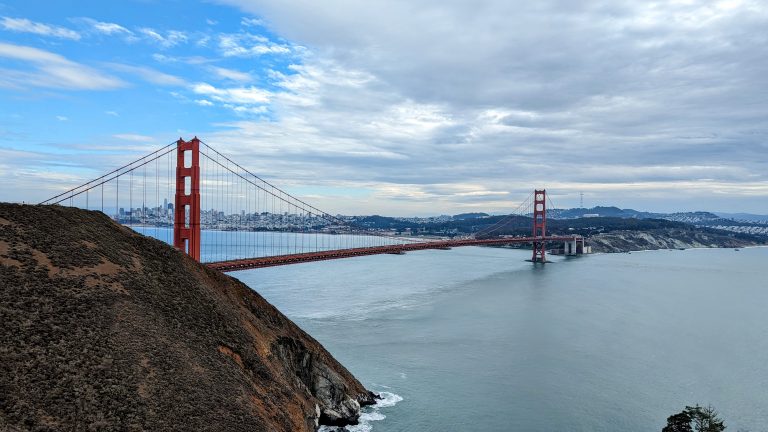
Preparing your amazing California road trip
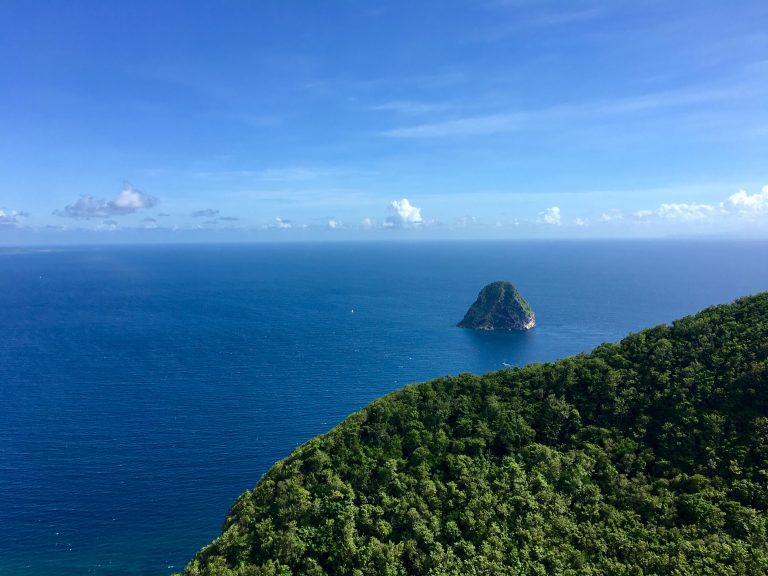
Visiting Martinique: must-sees in the south of the island
